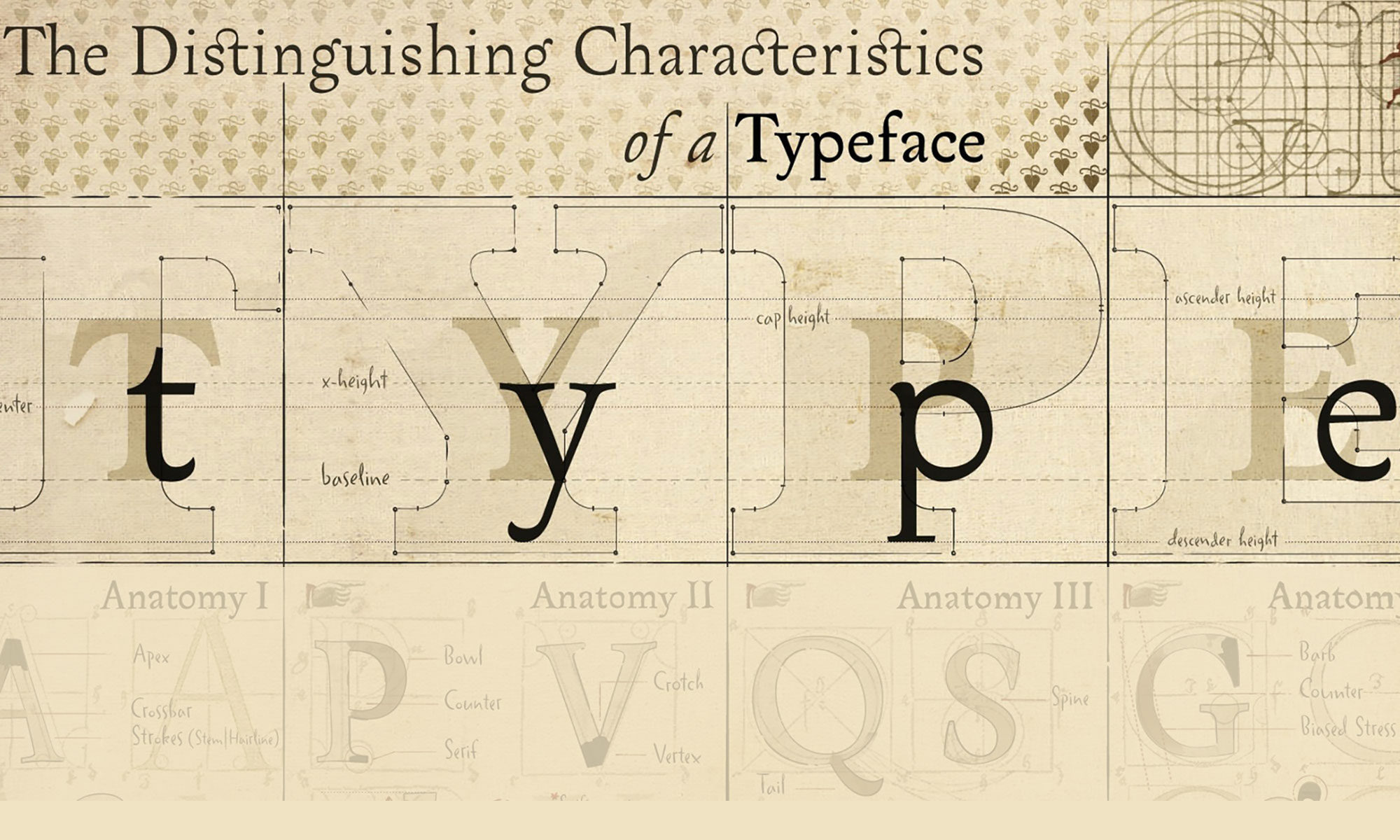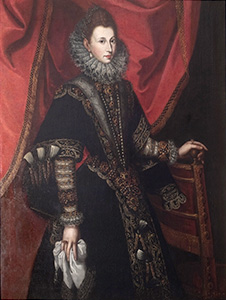CHRISTOPHER HOWSE
The Daily Telegraph
A slow train used to take all day from Madrid to reach the little town of Zafra in Extremadura. The indefatigable hispanophile Simon Courtauld told me about it 30 years ago or more, enthusing about the Plaza Grande and the Plaza Chica, not then marred by loud music from bars.

A 17th c. view of Zafra by Israël Silvestre
Zafra has a curious connection with England because Jane Dormer, a lady in waiting to Queen Mary Tudor, married a Spaniard in the entourage of the Queen’s king-consort Philip. She left England in a ship stuffed with relations, retainers and horses in 1559, never to return. But she lived until 1612, the last 40 of her 74 years as a widow administering huge estates and negotiating the tangle of exiled Catholic politics.
Her steward Henry Clifford wrote a life of Jane Dormer, Duchess of Feria, but it is vague on dates and gives no explanations. Now Simon Courtauld has delved away to produce a proper biography, Lady of Spain.
Clifford didn’t exaggerate her standing, for Courtauld reproduces a letter from Queen Elizabeth, half in her own hand, remonstrating at her absence from England but calling herself her “friend and sovereign”.
The Duchess even wrote to James VI before he came to the English throne, telling him to become a Catholic, following it up with another friendly letter as though she had not committed lese-majesty.
Almost a monarch on her estates, she dealt with the machinations of spies, zealots, popes and kings. An English ambassador brought her cheese, on the grounds that they both hated Spanish food, though a recipe book she left showed a liking for bizcochos (sponge fingers) and marmolet of quinces.
I’d thought she’d presided over events mostly at Zafra, but Courtauld cites a secondary source saying she kept to her Madrid house. Her husband planned the Renaissance transformation of Zafra castle as a miniature Escorial, work on which he had inspected with Philip II. The rebuilding was finished by her son.
Her body returned to Zafra at Candlemas 1612, the patronal day of the parish church. There it narrowly escaped a body-snatching plot by the nuns of the convent of Santa Marina, which she had built next to the castle. They reasoned their founder deserved to be buried in their chapel. Only a lock on the coffin and the insistence of the Abbess of Santa Clara, her destined burial place, that it be opened to prove she lay within, ensured that the plot was thwarted.
Courtauld is sympathetic to the woman, but sees the world from a very different angle. He quotes J A Froude (1818-94), whose History of England ends with the defeat of the Armada and Catholicism, declaring that Philip II had a “heart to which an iceberg was warm”, as a man ” to whom love was an unmeaning word”. That’s not my picture of Philip, walking affectionately in the bright private galleries of the Escorial with his children.
No matter. The author fills every page with the people whom Jane Dormer knew, or might have. You need a genealogist’s brain to keep them all in play. The great problem is that the Duchess left tantalisingly little trace. Where there are letters there may be no reply. But there are vivid scenes, such as her visits to the sick in old age, leaving money done up in paper under their pillows.
Courtauld concludes: “Neither Sir Francis Walsingham nor Lord Burley was ever able to pin anything significant on her.” That may be because, while favouring Mary Queen of Scots, she plotted no treason. Or it might be that those spymasters preferred to monitor her contacts. In a kaleidoscopic world of double agents, Jane Dormer had made her choice and let events blow round her.

